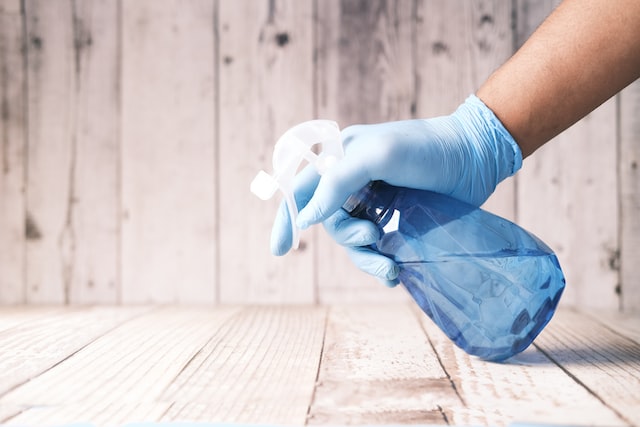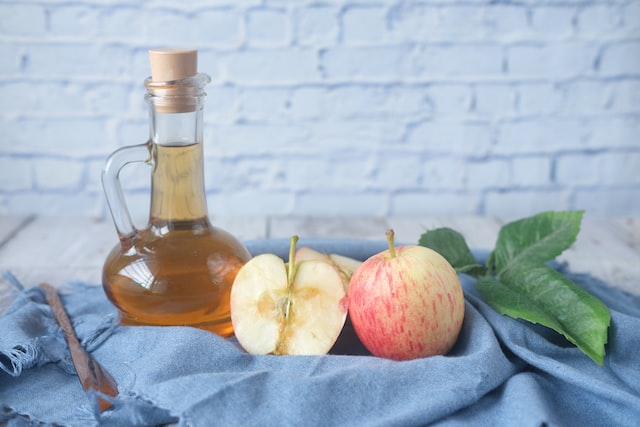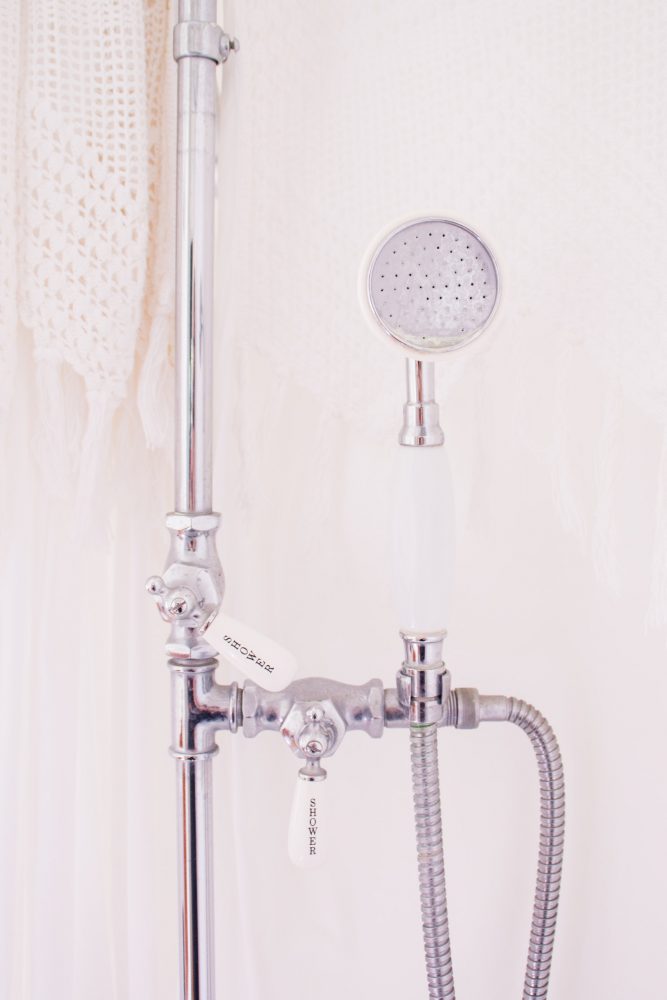Cleaning a shower head with clr
Cleaning a shower head with CLR is an easy way to keep it looking good and functioning properly. However, be careful when using this cleaning product. It can be hazardous if used incorrectly or mixed with other household cleaners.
CLR is an acidic, corrosive cleaner that is typically used to remove mineral deposits from surfaces, such as shower heads. CLR can also be used to clean other materials, such as plastic or metal.
Before you begin, you should use a respirator and make sure you have the proper ventilation. You should also consider soaking the shower head for a few hours or overnight to give the product time to work.
If your shower head has a coating, you should not soak it for more than 30 minutes. Then, rinse it off under running water.
Before you use CLR, however, you should test it on an inconspicuous spot. This will prevent you from damaging your shower head. Also, be sure to wear gloves when you use the product.

CLR works by reacting with the calcium and lime in your shower head. The minerals in hard water can cause the pores to become clogged, which reduces water pressure. When a showerhead becomes clogged, you will find that the shower will flow in a random direction.
Once you have determined that the showerhead is clogged, you can begin cleaning it. A great way to do this is by using baking soda. Baking soda is a nontoxic, safer alternative to bleach.
Vinegar is another great choice for cleaning your shower head. Vinegar acts as a mild acid, which will break down the buildup. During the cleaning process, you will need to adjust the level of vinegar.
After soaking your shower head in a solution of vinegar, you should be able to remove the rust and calcium buildup. Some people dislike the smell of vinegar.
To clean your shower head, you can use either CLR or vinegar. Make sure you follow the manufacturer’s instructions.
If you choose to use a scouring agent, you should first rinse the shower head with a soapy solution. For stubborn spots, you can then use dish soap.
Cleaning a shower head with vinegar
When it comes to cleaning a shower head, there are a variety of options. You can try a scrubbing sponge or a Magic Eraser to remove buildup. Vinegar can also be used to unclog nozzles. It is an acidic cleaner that can loosen dirt and mineral deposits.
Another method is to use an old toothbrush to scrub the surface of the shower head. After scrubbing, you can then rinse the surface with hot water. A microfiber cloth can be used to polish the surface.
For more stubborn buildup, you can try soaking the shower head in vinegar. However, it is not advised. This can damage brass and nickel finishes.
You can also use a foaming bathroom spray to clean your shower head. It will break down calcium and rust buildup. In addition, it doesn’t require soaking.

Using a rubber band is a good way to seal a plastic bag that holds CLR and water. Make sure you use one that is thick enough to hold heavy items together. Alternatively, you can use twist ties or string.
You can also clean a shower head with vinegar if the flow is very weak. However, be careful not to splash the vinegar on your eyes. The acidic liquid can be harsh and can irritate the skin.
If you find it hard to get rid of the grime on your showerhead, you may need to buy a descaling product. These can be found at your local home improvement store. Once you have bought the product, you can either soak the shower head in the solution or apply it to the shower head.
For larger shower heads, you can fill a quart sized plastic bag. To accelerate the cleaning process, you can also put the bag in a running shower for a few minutes.
If you want to do it all yourself, you can buy a 50/50 solution of household cleaner and plain water. Most grocery stores carry these.
Vinegar is a common household cleaner. It can loosen dirt and hard water deposits, but it can damage brass and nickel finishes.
